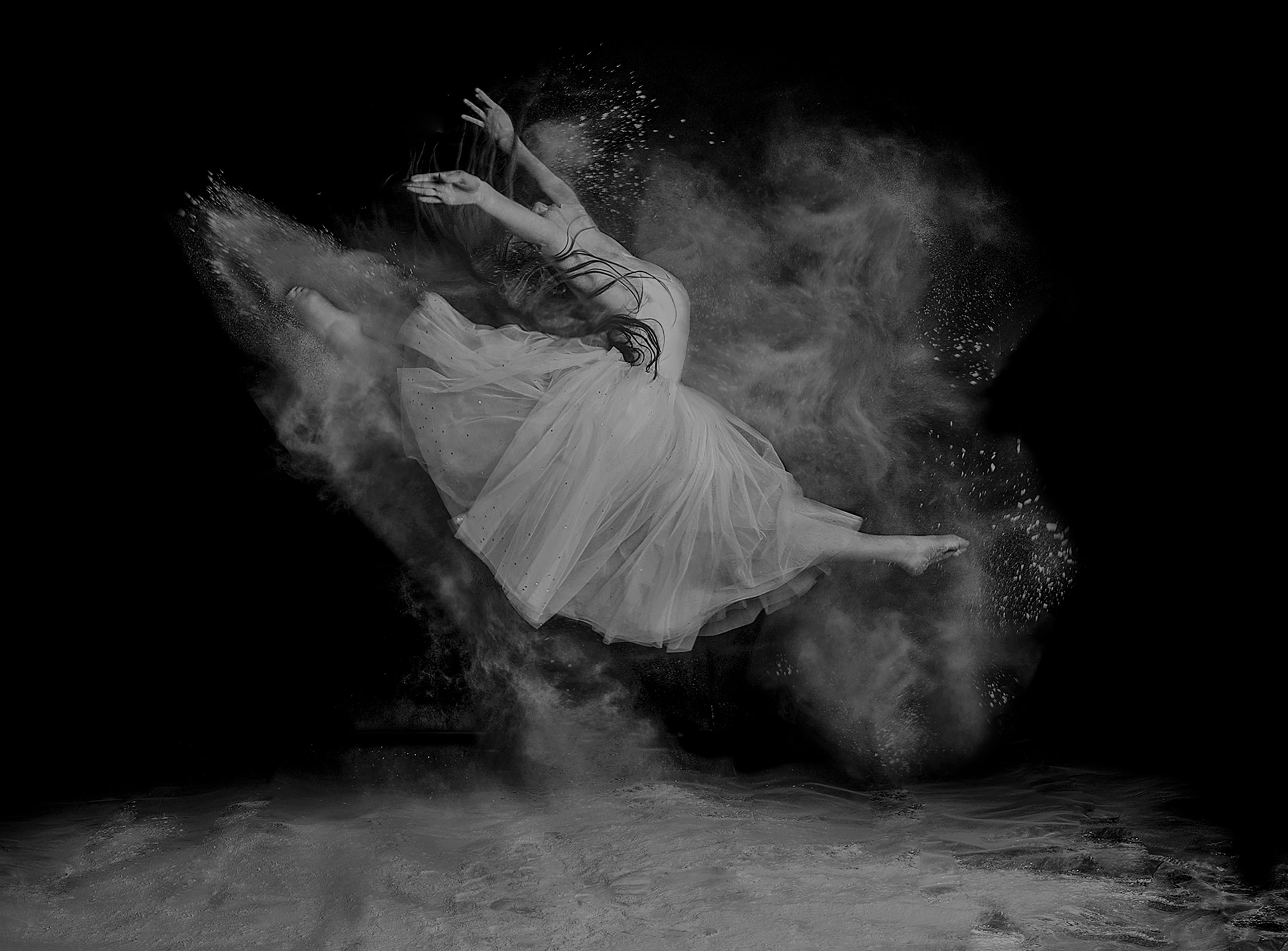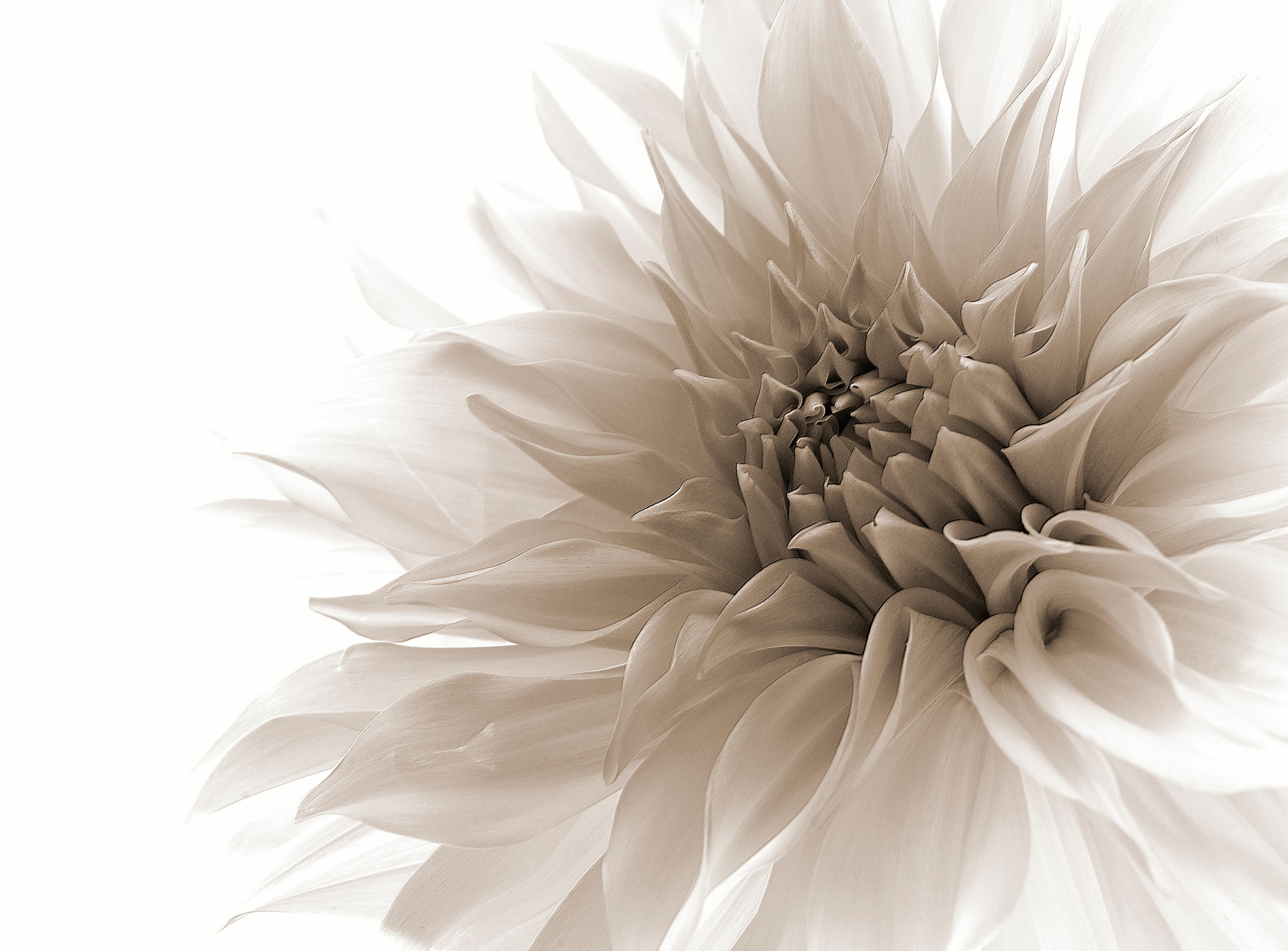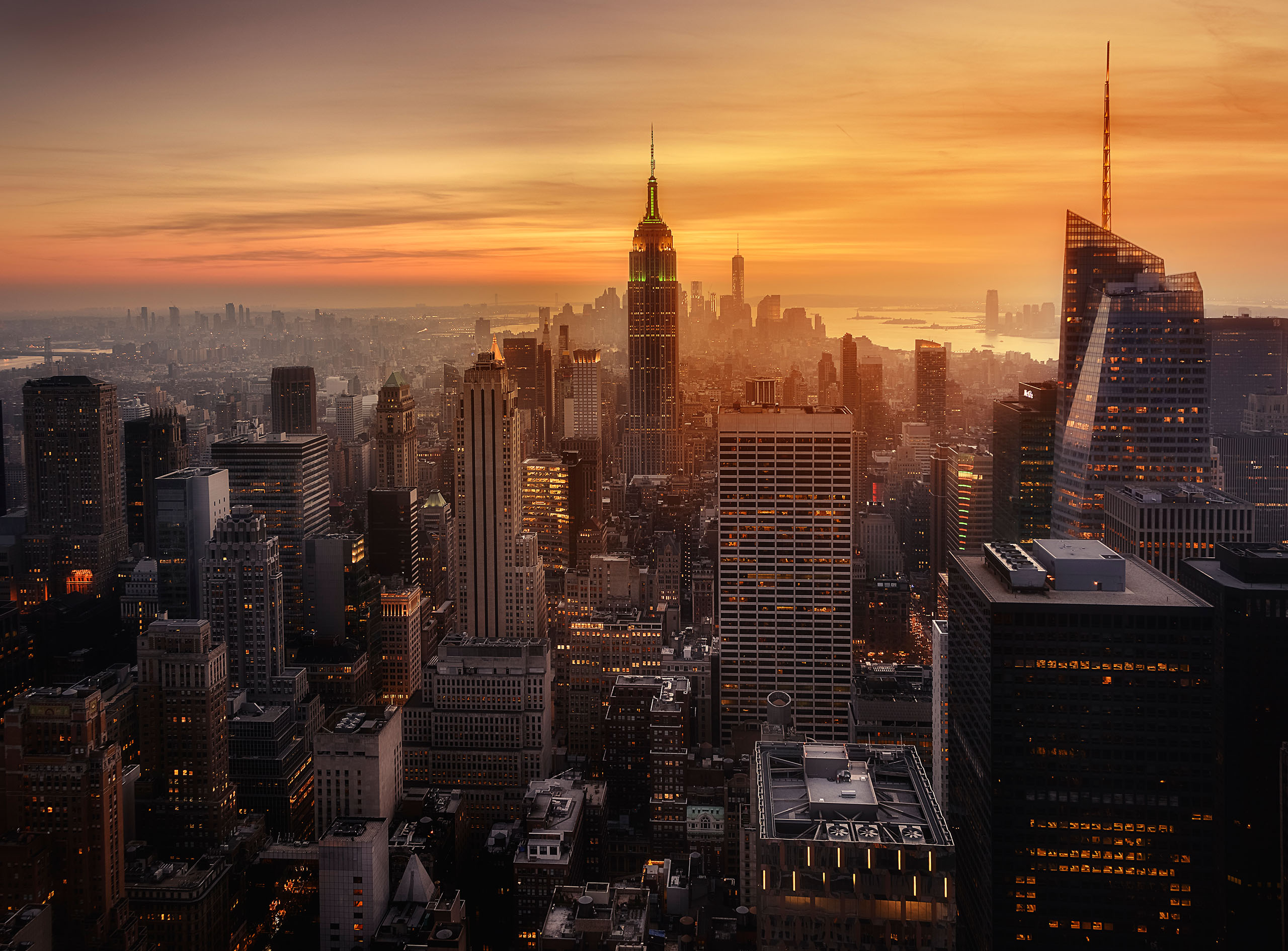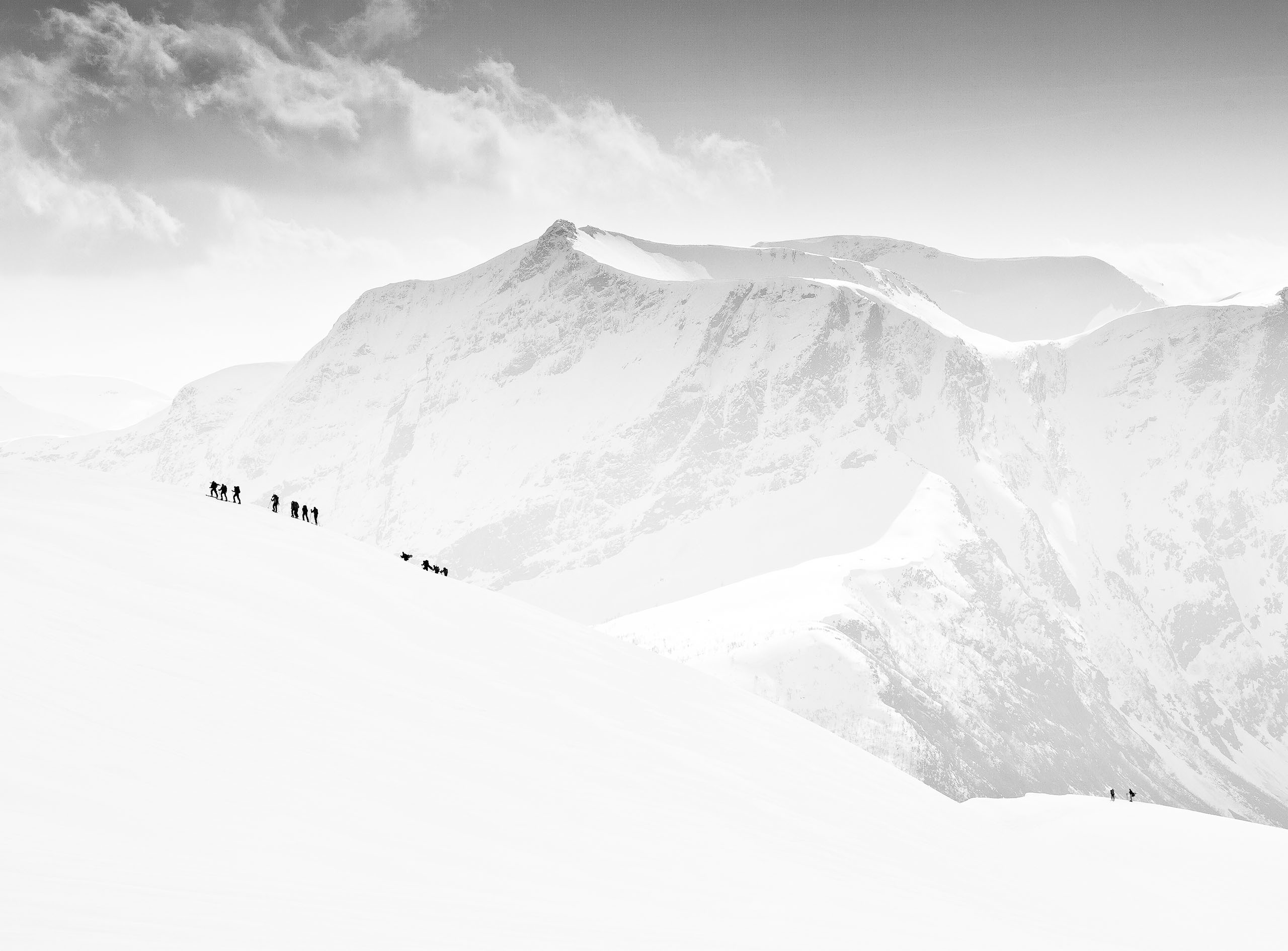SEARCH






|
|
|
|


By Editor Michel Romaggi in collaboration with the author Theo Decker
Edited and published by Yvette Depaepe, the 1st of October 2025
‘ritratto di fanciulla’
Could you please give us more details on how you created the photo 'Ritratto di fanciulla'?
I used one light only: a beauty dish at a 45-degree angle to the side, but pointing very low so that it touched the stand.
Perspex with water droplets. Nothing new.
I used a Nikon Z7 with a Z 24-120 f4 lens (which I almost always use) at 100 mm, 100 ISO, 200 speed and f8.
I modified the full spectrum with non-dense IR filters at 550 nm in order to capture IR light as well as other wavelengths.
I swapped the red and blue channels, but didn't invert them completely to ensure a reddish atmosphere emerged.
I lowered the contrast curves in the dark part of the histogram, as well as the lights and whites, to create a darker atmosphere. These are minimal adjustments, but I increased the clarity significantly. Nothing else.
You have photographed many women, but today it seems that you are focusing on portraits. Could you explain this change?
In 2018, I set up a small studio (6 meters x 4 meters, 3 meters high) close to the office, and started shooting with strobe lighting.
While practicing with lots of models' portfolios, I simultaneously developed artistic personal projects. For years, these were mainly fine art nudes, but I am now finding portraiture very satisfying. It's a kind of evolution. I find portraits more communicative.
‘hands’
How do you select your subjects, how do you shoot them, and how do you treat them in post-production? Could you explain what you're looking for with the different staging options you use? Is it purely aesthetic, or is there more to it than that?
A photo can be considered successful when it has its own soul. When it communicates a mood or emotion. When a portrait works, it captures the essence of the subject. Of course, sometimes I don't have the key, or I can't find the lock, and in the end, the door to the soul remains closed.
‘ritratto di ragazza’
I like simplicity. I like dark tones, shadows and an intimate atmosphere. I don't care about the wardrobe, art or props departments. For me, a still should work with as few props as possible.
The model must feel comfortable. I talk to the model a lot before and during the shoot. The choice of music is important. I always play what she wants to hear, according to the style of the shoot. For a portrait of a young girl, for example, she asked me to play Coldplay. We started with that, but then it turned into a Mozart Requiem.
‘imaginary portrait’
I chose the girl because of her sweet and sincere, almost languid, eyes. Although I didn't know her beforehand, when I saw her portfolio, I knew there was a lot to discover behind those eyes.
To conclude this fascinating interview/tutorial, could you tell us about yourself and your relationship with photography?
I have always loved music and photography. When I was 14, my room smelled of developing and fixing. I have worked in the video and photography industry for years (too many now!), in the production department alongside directors, lighting cameramen and photographers of all levels: normal ones, some mediocre and some legendary.
It's incredible when the level is really high and the artist remains simple, humble and kind.
‘reddish’
‘mellow yellow’
 | Write |
 | Eiji Yamamoto PRO Thank you so much for this inspiring interview with great photos! |
 | Marion Keijzer PRO Bijzonder mooi en een goed eerlijk verhaal, Theo Ik ben fan. |
 | Theo Decker PRO thank you! |
 | Eduardo Blanco García PRO Nice |
 | Tse Luk PRO love the mood, the selective focus, the atmosphere. 2 thumbs up |